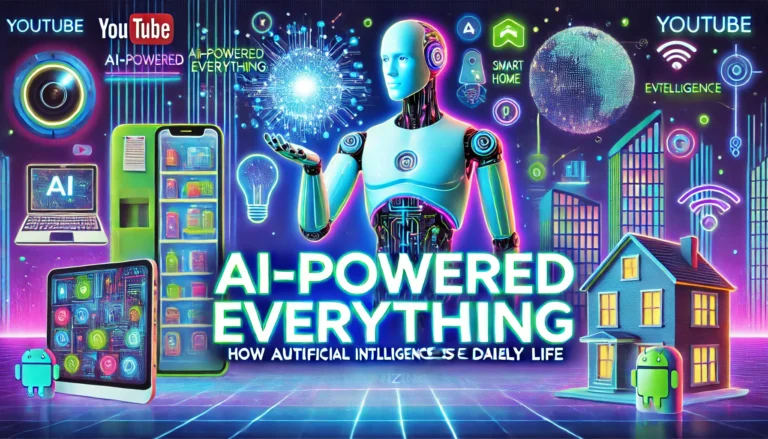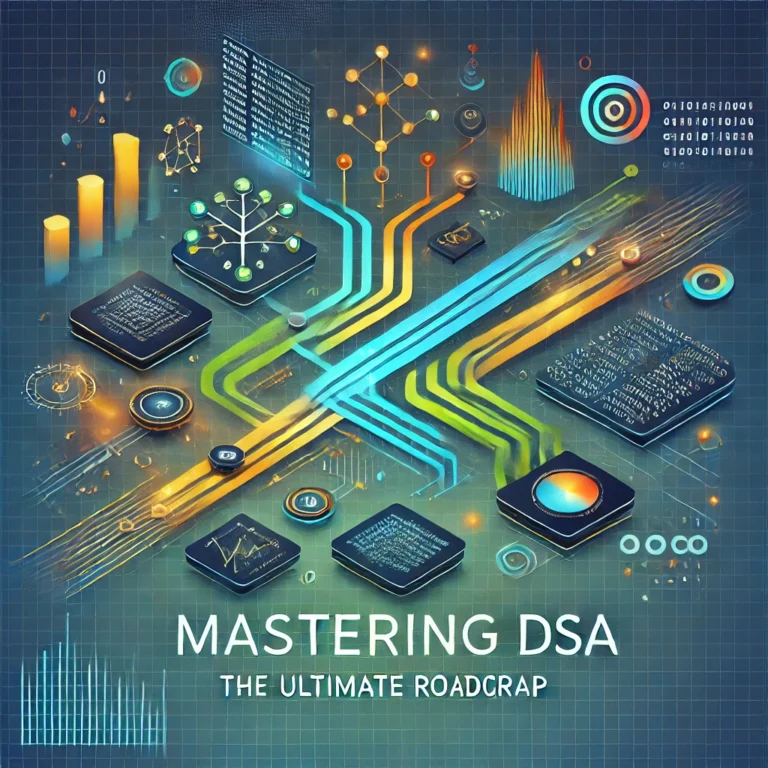In the ever-evolving world of artificial intelligence, Generative AI is one of the most fascinating and transformative branches. From creating realistic images and human-like text to composing music and designing new molecules, Generative AI is redefining the boundaries of what machines can do.
What is Generative AI?
Generative AI refers to a class of artificial intelligence models that can generate new content — such as text, images, audio, code, or even video — by learning patterns from existing data. Unlike traditional AI systems that focus on analysis or prediction, generative models create.
Popular examples include:
- GPT (Generative Pre-trained Transformer): For natural language processing and text generation.
- DALL·E: For image generation from text descriptions.
- StyleGAN: For creating ultra-realistic images of people and objects.
- MusicLM: For generating music compositions.
How Does It Work?
Generative AI models are typically based on deep learning, especially using neural networks like transformers or GANs (Generative Adversarial Networks). Here’s how they work in a nutshell:
- Training on Large Datasets: These models learn from huge datasets — millions of images, texts, or audio samples.
- Learning Patterns: They understand the structure, grammar, and style of the data.
- Generating Content: After training, the model can generate new content that mimics the style and quality of the original data.
Real-World Applications of Generative AI
Generative AI is not just a technological marvel — it’s becoming a practical tool across industries:
Creative Arts
- Designing logos, illustrations, and album covers.
- Writing poems, stories, or screenplays.
- Creating visual art and animations.
Software Development
- Writing and debugging code (like GitHub Copilot).
- Generating documentation and user manuals.
Healthcare and Science
- Designing new drugs or protein structures.
- Simulating chemical reactions or biological processes.
Business and Marketing
- Creating ad copy, social media posts, and SEO content.
- Personalizing customer interactions using chatbots.
Entertainment & Gaming
- Generating realistic characters, levels, and dialogue.
- Automating voiceovers and soundtracks.
Ethical Challenges and Concerns
With great power comes great responsibility. Generative AI also poses significant ethical and societal challenges:
- Deepfakes and misinformation: Fake videos or texts can be used maliciously.
- Bias and fairness: Models can reflect and amplify biases present in training data.
- Intellectual property: Who owns the content generated by AI?
- Job displacement: Automation may replace creative or repetitive jobs.
Responsible development and regulation are essential to harness its power for good.
The Future of Generative AI
We’re just scratching the surface. As computing power grows and models become more sophisticated, Generative AI will become more:
- Personalized: Tailored content generation for individuals.
- Interactive: Real-time collaboration with humans (e.g., co-writing, co-painting).
- Multimodal: Combining text, image, audio, and video into unified creative tools.
Imagine AI co-creating with you — whether you’re a writer, artist, developer, teacher, or entrepreneur.
Final Thoughts
Generative AI is not just a tool; it’s a creative partner, a problem solver, and a catalyst for innovation. Whether you’re a tech enthusiast or a curious learner, exploring this space can be both exciting and rewarding.
The future is not just automated — it’s generative.







